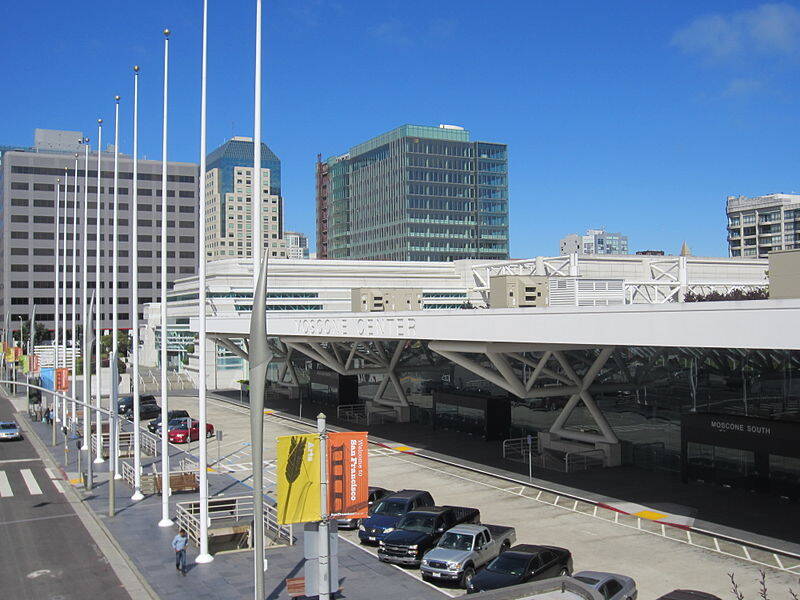History of SoMa, San Francisco
The History of Soma
South of Market, or what is known as SoMa, is situated in the south of the market street. The term soma can mean a large district and as well as smaller neighborhood. The SoMa has sub-neighborhoods, which include Yerba Buena, Rincon Hill, and S. beach. It is home to many companies, museums, and the Moscone conference center, which happens to be the largest exhibition and convention center in SF.
Location
To the northwest, the area borders market street to the northeast, it borders SF bay, borders mission creek to the S. east, and Division street to the S. west.
Name
While many like calling the neighborhood south of the market, others find it easier to shorten it and call it SoMa simply because of reference to SoHo in New York City. Initially, the place was called the south of the slot. Currently, the neighborhood is known as 100 vara survey. The name is found in most history books and legal documents.
In the mid-19th century, SoMa grew into a community and consisted of residential buildings. The 2nd and the 3rd transformed to become business districts. The neighborhood was then divided by social class where Rincon hill was occupied by the rich while south park belonged to the upper-middle-class middle residents.


In SoMa there is a diverse economy. Above is a picture of the famous Moscone Center. Here, events happen daily, and include the largest companies in the world.
Development
The 20th century saw a massive industrial development, which was attributed to the nearby San Francisco bay. The rich extended their residential to Nob Hill. Following this, the area was occupied by the working class and some European immigrants settled here.
In the entire 1940s and 50s, SoMa was home to light industries, warehouses, transients, and seamen. The 1906 earthquake largely destroyed SoMa, and works were ongoing during 1950 that saw the Embarcadero redeveloped. Th redevelopment welcomed a new community in the neighborhood; the gay and leather communities, to be precise, settled here in the 1960s. The community thrived well in this neighborhood. Various sex clubs were opened in this area, such as slots and Caldon. However, the community offered a lot of resistance during the redevelopment of this area. The growing population lead to immorality, and the AIDS pandemic unfolded. The epidemic reduced the population, and this helped the city control and lockdown some bars.
In 1955 soma had its first museum opened, and since then, the soma area became the hub for museums, exhibitions, cultural centers, and performances. Soma is a home museum of the African diaspora, the Zeum, bookbinder’s museum, and the old mint. Numerous theater companies call soma home, and some of them are boxcar theatre, crowded fire, and Foolsfury theater.
Economy
The neighborhood is home to many businesses, warehouses, nightclubs, restaurants, and loft apartments. It also offers recreational facilities such as ice skating and, Bowling alley. Many companies such as Ustream, Cloudflare, GitHub, LinkedIn, DropBox, Airbnb have their headquarters located in SoMa. Due to the neighborhood having so many businesses and residential addresses, a SoMa towing service is often required with all the illegal parking.
Health
The SoMa area has ensured that the residents can access quality health care by providing physical and mental health to the public. The soma Health Care Centre has continued to provide the public with training, testing, and treating diseases. Counselling has also been an integral part of Health care.